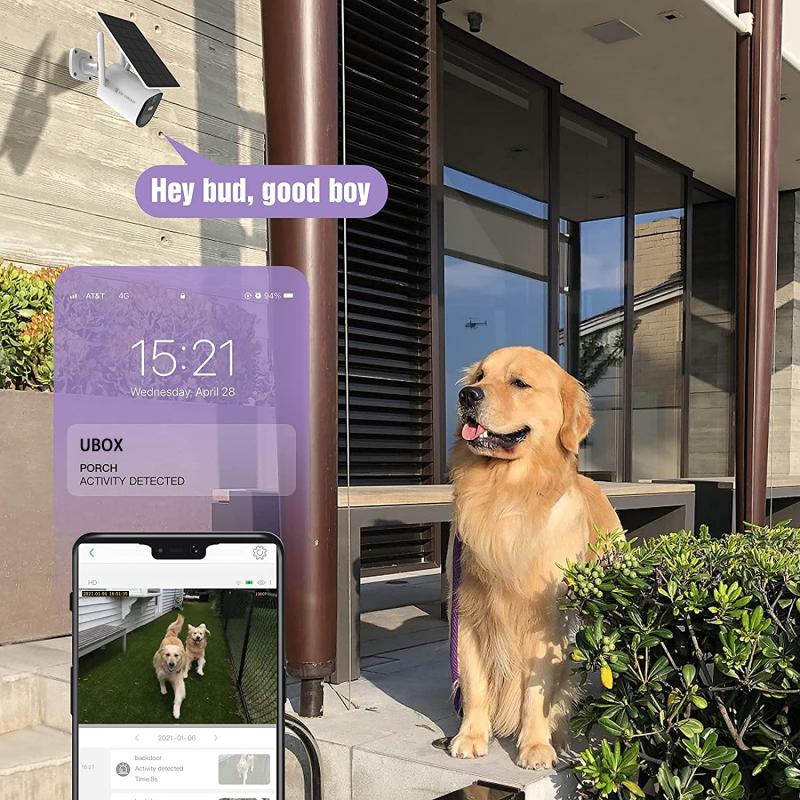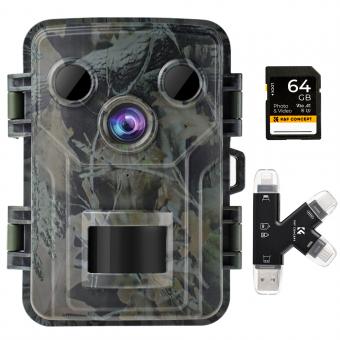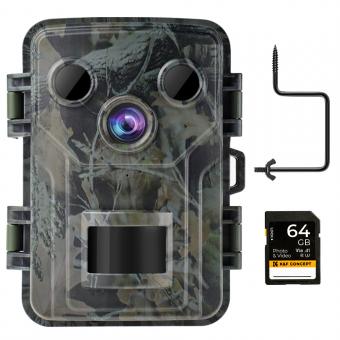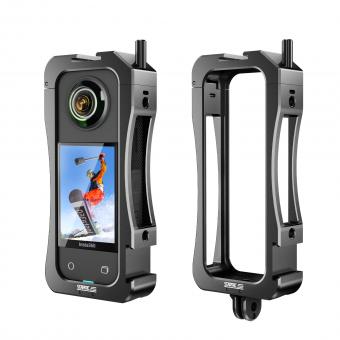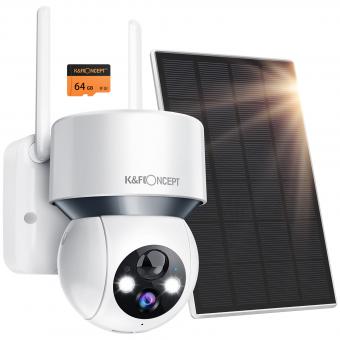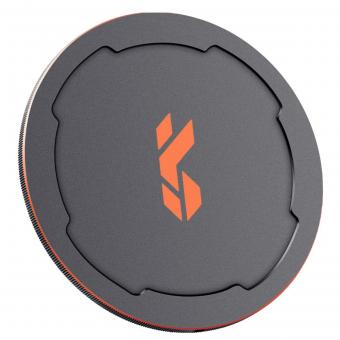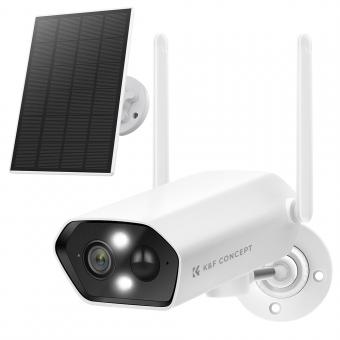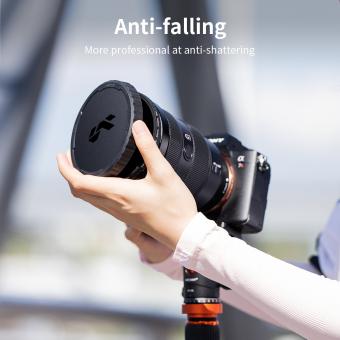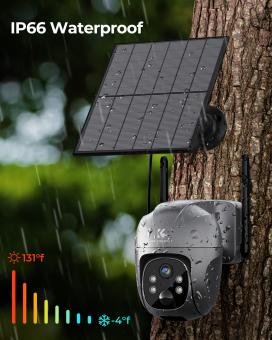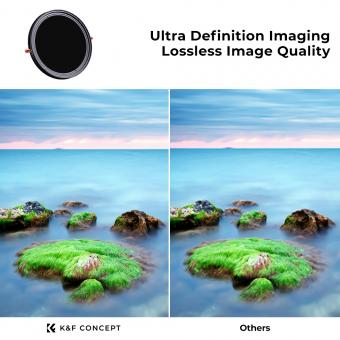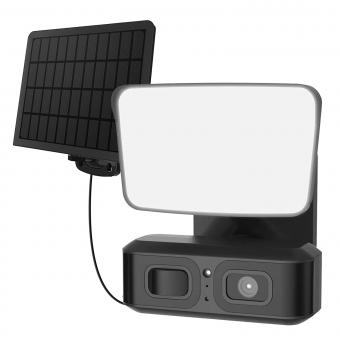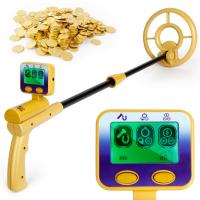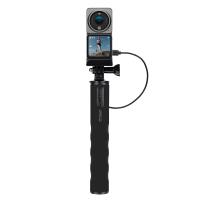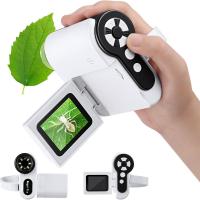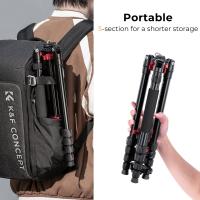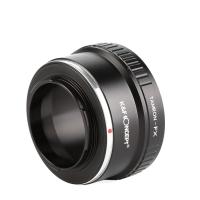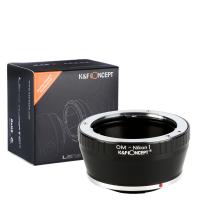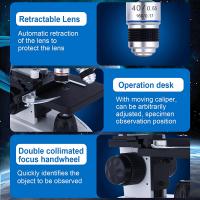How To Install Solar Camera ?
To install a solar camera, follow these steps:
1. Choose a location: Select a location where there is enough sunlight to power the camera. The camera should also be placed in a spot where it can capture the desired view.
2. Mount the camera: Use the mounting bracket to attach the camera to a wall or other surface. Make sure the camera is level and secure.
3. Connect the solar panel: Connect the solar panel to the camera using the provided cable. The solar panel should be placed in a location where it can receive direct sunlight.
4. Connect to Wi-Fi: Follow the manufacturer's instructions to connect the camera to your Wi-Fi network.
5. Test the camera: Once the camera is installed and connected, test it to make sure it is working properly. Adjust the camera angle if necessary to get the desired view.
6. Monitor the camera: Use the manufacturer's app or website to monitor the camera and view footage. Make sure the camera is functioning properly and adjust settings as needed.
1、 Solar Panel Installation
How to install solar camera:
1. Choose the right location: The first step in installing a solar camera is to choose the right location. The camera should be placed in an area that receives plenty of sunlight throughout the day. This will ensure that the camera's battery is charged and ready to go at all times.
2. Install the solar panel: Once you have chosen the location for your solar camera, it's time to install the solar panel. The solar panel should be mounted in a location that receives plenty of sunlight. It should be angled towards the sun to maximize its efficiency.
3. Connect the camera to the solar panel: Once the solar panel is installed, it's time to connect the camera to the panel. This is usually done using a cable that runs from the camera to the panel. Make sure that the cable is securely connected to both the camera and the panel.
4. Test the camera: Once everything is connected, it's time to test the camera. Make sure that it is working properly and that the battery is charging as it should be.
5. Monitor the camera: Once the camera is up and running, it's important to monitor it regularly. Check the battery level and make sure that the camera is capturing the footage that you need.
Solar Panel Installation:
Solar panel installation is a great way to reduce your carbon footprint and save money on your energy bills. Here are some tips for installing solar panels:
1. Choose the right location: The first step in installing solar panels is to choose the right location. The panels should be placed in an area that receives plenty of sunlight throughout the day. This will ensure that the panels are able to generate as much energy as possible.
2. Install the panels: Once you have chosen the location for your solar panels, it's time to install them. This is usually done by mounting the panels on the roof of your home or business. Make sure that the panels are securely attached and angled towards the sun.
3. Connect the panels to the inverter: Once the panels are installed, it's time to connect them to the inverter. The inverter is responsible for converting the DC power generated by the panels into AC power that can be used in your home or business.
4. Connect the inverter to the grid: Once the inverter is connected to the panels, it's time to connect it to the grid. This is usually done by connecting the inverter to your home or business's electrical panel.
5. Monitor the system: Once the solar panel system is up and running, it's important to monitor it regularly. Check the energy output and make sure that the system is working as it should be.
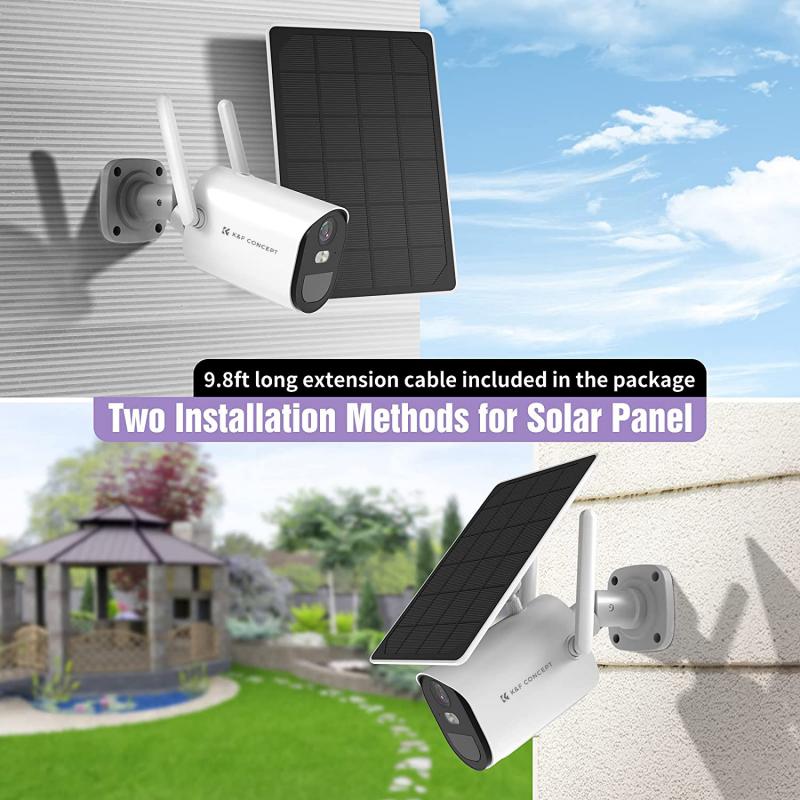
2、 Camera Mounting
How to install solar camera:
Installing a solar camera is a great way to keep your property secure without having to worry about running wires or electricity. Here are the steps to install a solar camera:
1. Choose the right location: The first step is to choose the right location for your solar camera. You want to make sure it is in a spot that gets plenty of sunlight throughout the day.
2. Mount the camera: Once you have chosen the location, you will need to mount the camera. Most solar cameras come with a mounting bracket that you can attach to a wall or post.
3. Connect the camera: Once the camera is mounted, you will need to connect it to your Wi-Fi network. Follow the instructions that came with your camera to do this.
4. Test the camera: Once the camera is connected, you should test it to make sure it is working properly. You can do this by accessing the camera's live feed on your smartphone or computer.
5. Adjust the settings: Finally, you will want to adjust the camera's settings to fit your needs. This may include adjusting the motion detection sensitivity or setting up alerts for when the camera detects motion.
Camera Mounting:
When it comes to mounting your solar camera, there are a few things to keep in mind. First, make sure the camera is mounted at the right height. You want it to be high enough to capture a wide view of the area, but not so high that it is difficult to access.
Second, make sure the camera is mounted securely. You don't want it to fall or be knocked down by strong winds.
Finally, consider the angle of the camera. You want it to be angled in a way that captures the most important areas of your property. This may require some trial and error to get it just right.
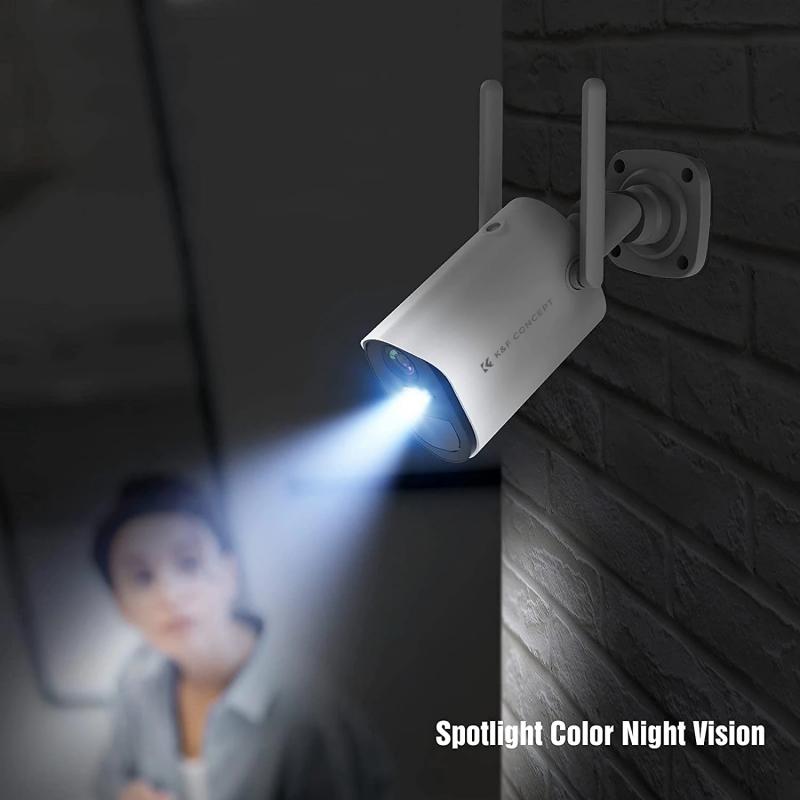
3、 Battery Connection
How to install solar camera with battery connection is a relatively simple process that can be done by anyone with basic DIY skills. The first step is to choose a suitable location for the camera, preferably one that receives plenty of sunlight throughout the day. Once you have identified the location, you can proceed to mount the camera using the provided mounting bracket.
Next, you will need to connect the battery to the camera. Most solar cameras come with a rechargeable battery that can be charged using solar power. To connect the battery, simply follow the instructions provided by the manufacturer. Make sure that the battery is fully charged before you start using the camera.
Once the battery is connected, you can proceed to set up the camera. This usually involves connecting the camera to your Wi-Fi network and configuring the settings. Again, follow the instructions provided by the manufacturer to ensure that the camera is set up correctly.
Finally, you can test the camera to make sure that it is working properly. Check the camera's live feed to ensure that it is capturing clear images and videos. You may also want to test the camera's motion detection and other features to ensure that they are working as expected.
In conclusion, installing a solar camera with battery connection is a straightforward process that can be done by anyone with basic DIY skills. By following the manufacturer's instructions and taking the time to set up the camera correctly, you can enjoy the benefits of a reliable and efficient security system that is powered by solar energy.
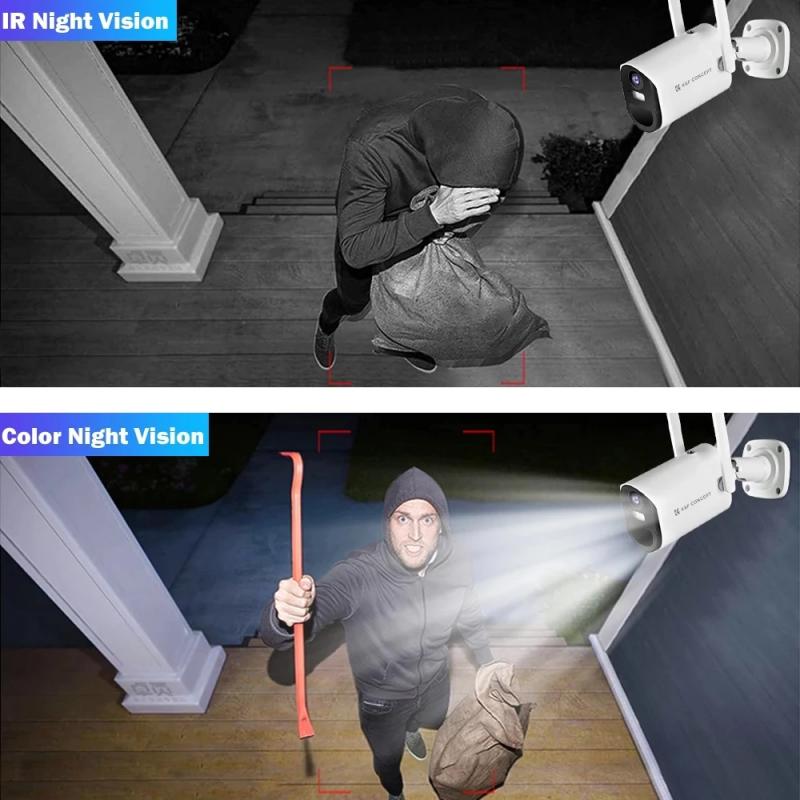
4、 Wi-Fi Configuration
How to install solar camera:
1. Choose the right location: The first step in installing a solar camera is to choose the right location. The camera should be placed in an area that receives plenty of sunlight throughout the day. This will ensure that the camera's battery is charged and ready to go at all times.
2. Mount the camera: Once you have chosen the right location, it's time to mount the camera. Most solar cameras come with mounting brackets that can be attached to walls or other surfaces. Make sure the camera is securely mounted and angled in the right direction.
3. Connect the camera to Wi-Fi: To connect the camera to Wi-Fi, you will need to follow the manufacturer's instructions. This usually involves downloading an app and scanning a QR code to connect the camera to your network. Once the camera is connected, you can view live footage and adjust settings from your smartphone or tablet.
4. Test the camera: Before you start using the camera, it's important to test it to make sure everything is working properly. Check the camera's battery level, adjust the settings as needed, and make sure you can view live footage from your smartphone or tablet.
5. Monitor the camera: Once the camera is installed and connected to Wi-Fi, you can start monitoring your property. Keep an eye on the footage to make sure everything is as it should be, and adjust the settings as needed to get the best possible results.
In the latest point of view, solar cameras have become increasingly popular in recent years due to their eco-friendliness and ease of installation. They are a great option for homeowners who want to keep an eye on their property without having to worry about running wires or changing batteries. With the right installation and Wi-Fi configuration, solar cameras can provide reliable and convenient security for your home or business.
